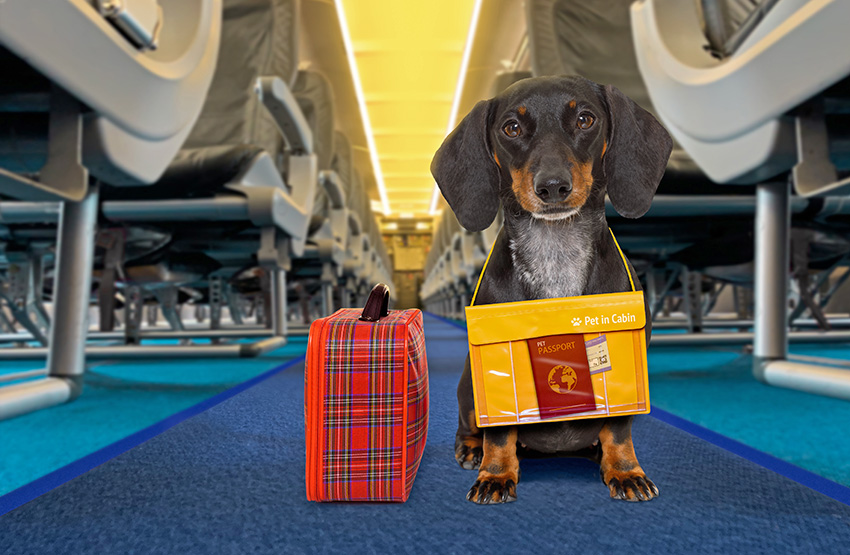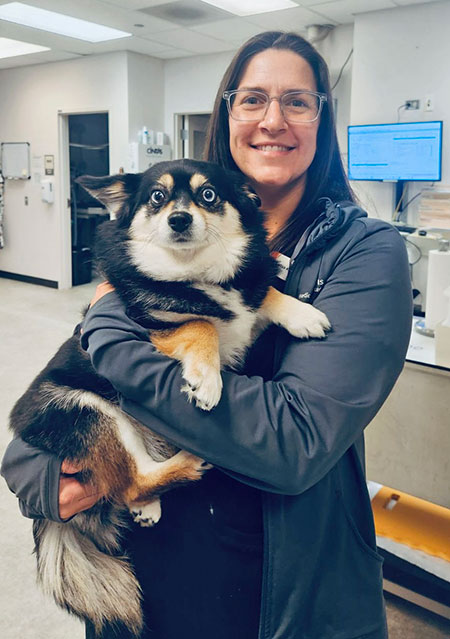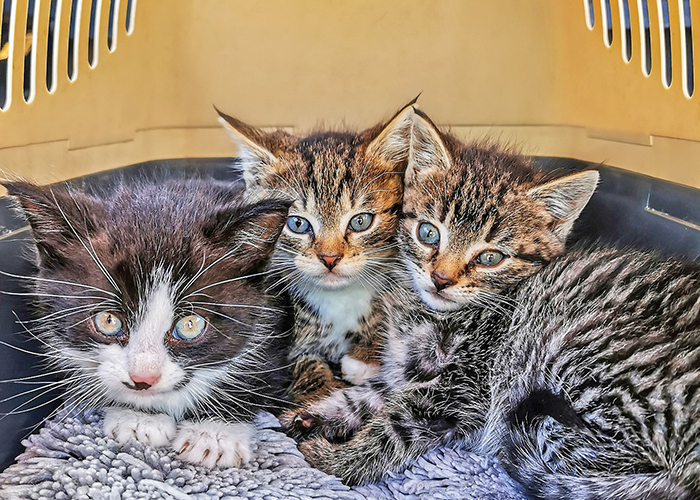Posts in Category: Pet Travel & Boarding
The Bureaucracy of International Pet Travel

It finally happened.
Twelve years of practice, countless patients and clients, and it finally happened: I have a client moving their family to Australia.
I’ve helped clients send pets to every other continent (except Antarctica), but never Australia. I really wish they weren’t going. They are a lovely family, and we will miss providing service to their pets. But another reason is that Australia may be the most tedious and difficult place to transport a pet.
It will take almost a full calendar year and thousands of dollars, not to mention countless blood tests, vet visits, and forms submitted, for the pets to be successfully and legally transported to Australia.
Most countries are not nearly as difficult, costly, or time-consuming as Australia. However, before you turn your furry friend into an international jet-setter, there are two government organizations that you should know about.
Animal and Plant Health Inspection Service (APHIS)

This branch of the U.S. Department of Agriculture is responsible for protecting the health and value of American agriculture and natural resources, including our personal pets. It also ensures that all animals that leave or enter our country are healthy and free of diseases. APHIS veterinarians carry out this mission by inspecting animal facilities and working in conjunction with general practice veterinarians.
When our clients prepare their pet for international travel, they come to us for the necessary paperwork, which must then be approved by APHIS veterinarians. Before the pandemic, the paperwork completed at our clinic was then taken to an APHIS office to be endorsed. During the pandemic, this process transitioned almost completely online, so now the paperwork is scanned and uploaded to the APHIS website.
That’s why we tell you that it is time-consuming for forms to be submitted and endorsed. All forms from Wisconsin and Illinois go to one APHIS office, so it can take days for their approval.
Centers for Disease and Control and Prevention (CDC)
The CDC got involved in international animal transportation more recently. When I started practicing, international travel was exclusively in the purview of APHIS. Starting this year the CDC is requiring proof of rabies vaccination and microchipping for all dogs re-entering the United States.
To be honest, I consider this form essentially a glorified rabies certificate, but it is now required for any dog coming back into the Unites States. Being a different branch of government, CDC does not have its forms approved by APHIS.
Plan Ahead
So next time you are thinking about taking your pet with you abroad, be sure to reach out to us first for guidance. Last-minute trips are difficult, if not impossible, to accommodate. However, with good planning, the process can go smoothly (despite being annoying and tedious).
—Alyssa Kritzman, DVM
Featured photo from AdobeStock
Transport a Calm Cat to the Vet

I recently came across the most amazing carrier for producing a calm cat. It’s called the Van Ness Calm Carrier. It has a sliding drawer design that allows cats in the carrier to be very easily taken out, avoids the more forceful removal from the carrier, and allows for quicker and safer unloading. I was amazed by this simple and genius idea and surprised that this carrier wasn’t more widely used.
For many cats, the only time they leave their homes and see the carrier is when they are going to the vet. They associate the carrier and the departure with being at the vet, and they begin to feel heightened stress and anxiety even before they arrive. Once we see many of these cats, it can be very difficult to handle them, and just getting them out of the carrier can be a challenge.
As a hospital that utilizes Fear Free® practices on a daily basis, we at Medical District Veterinary Clinic do our best to lessen anxiety and stress for our patients before, during, and after their visits to the vet. While the carrier choice seems simple, this important step can make a huge difference in creating a calm cat.
Below are tips to help lessen anxiety and stress for your cats when they visit with us:
- The best carriers are hard sided carriers that can be easily taken apart. In a carrier in which the top can be easily removed, more stressful and fearful cats can even be examined while they remain in the bottom half of the carrier where they are more comfortable.
- Make the carrier comfortable and enjoyable for your cat. Ideally your cat will enter the carrier on their own, and even spend time there to rest and play. To help your cat see the carrier as a happy and positive place, fill it with treats, toys, and familiar bedding that they enjoy.
- A product called Feliway® emits a synthetic feline pheromone that helps create a calming environment and reduces stress. It comes as a plug-in diffuser, spray, and wipe. Use of these products in the carrier prior to transport can be very beneficial to limit the anticipated stress and anxiety of going to the vet. We use these products all the time and see positive changes in our patients.
- Consider asking your veterinarian for a prescription medication you could administer before your cat’s visit to the clinic to serve as a mild sedative and help reduce stress and anxiety. Common medications used include gabapentin and trazodone.
By following these guidelines, you can make the experience of going to the vet much more enjoyable for feline patients—and for owners and veterinary staff as well.
—Amber Slaughter, DVM
